Last Updated: 06/05/2025
Moving House with your Cat
Are you in the process of moving house and wondering how best to ease the transition for your cat? Take a look at our guide for comprehensive tips and advice.
Author: Dr Susan Nguyen BVSc
Reading Time: 2 minutes - short read
Tips for what to do when moving house with cats
Moving house can be a stressful time for not only ourselves, but our cats as well. The increased noise, activity and change in routine can cause significant anxiety, leading to behavioural changes such as increased hiding, vocalisation and reduced appetite. However, stress also has the potential to cause other physical health concerns, including urinary problems and overgrooming and fur loss.
Thankfully, there are some simple things you can do as cat parents to help ease the transition and have your pets comfortably settling into their new home.
Contents:
Consider using anti-anxiety supplements
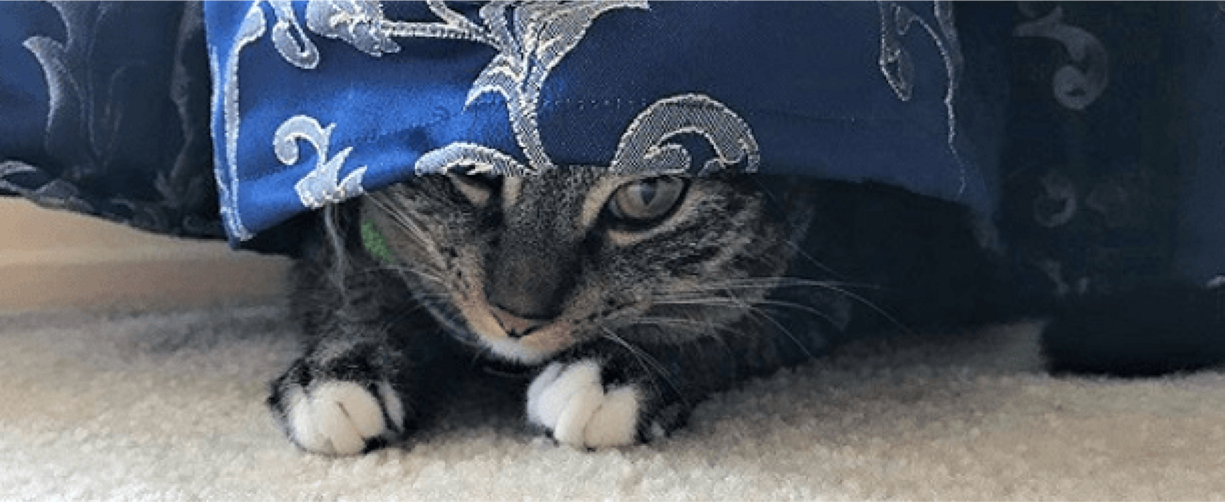
You'd be surprised by how much of a difference supplements or even medication can make in improving your cat's wellbeing and how they cope with stressors. The key is to start them early, and to continue using them even after your move. This could mean introducing them as early as a few weeks prior to any anticipated changes, and not discontinuing them for several more weeks.
Top anti-anxiety supplements for cats
Plugs into an electrical outlet. This releases a synthetic pheromone that cats will normally exude when relaxed and content.
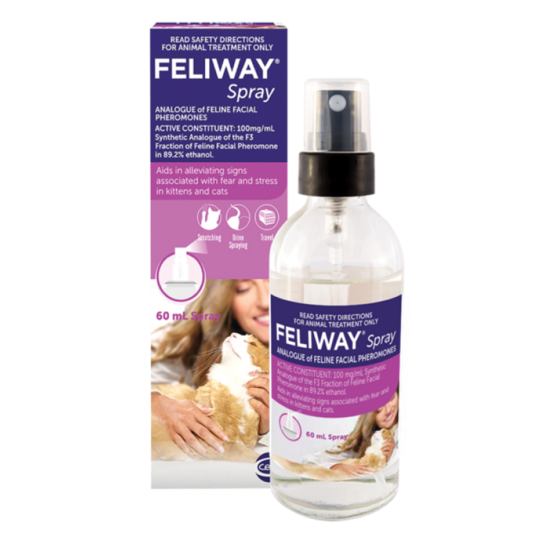
Spray inside your cat's carrier to alleviate stress when travelling. This can also be sprayed around your home.
An oral supplement that comes in a capsule. This can be easily split, and the powder mixed with water or food. This supplement is derived from casein, a milk protein normally found in mother's milk, and found to have calming properties.
Feliway: How Does It Work? View more helpful videos on Pet Circle's Youtube Channel.
Use a Secure Cat Carrier

Cats can be flighty creatures, so using an enclosed, sturdy carrier when travelling is necessary to keep your pet safe. Allow your cat to familiarise themselves with the carrier in the weeks prior to transport. This means leaving it open and accessible, and encouraging your cat to experience it as a safe space with their favourite bedding, toys or treats.
For cats particularly prone to travel stress, consider speaking to your veterinarian about whether they'd benefit from short-term medication.
For more information, take a look at How to Make Travel Less Stressful for Cats.
Best Secure Carriers for Cats
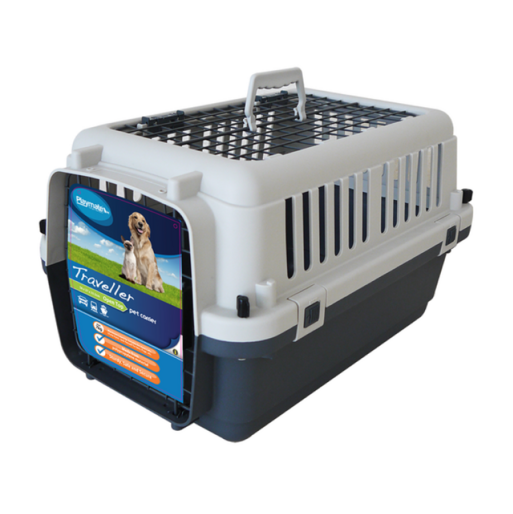
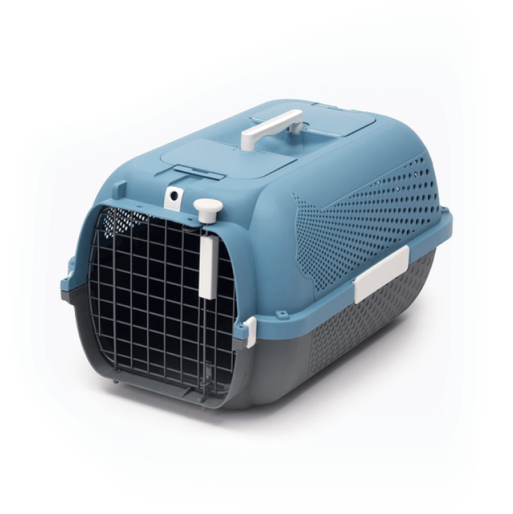

Start off by setting up base in a single room
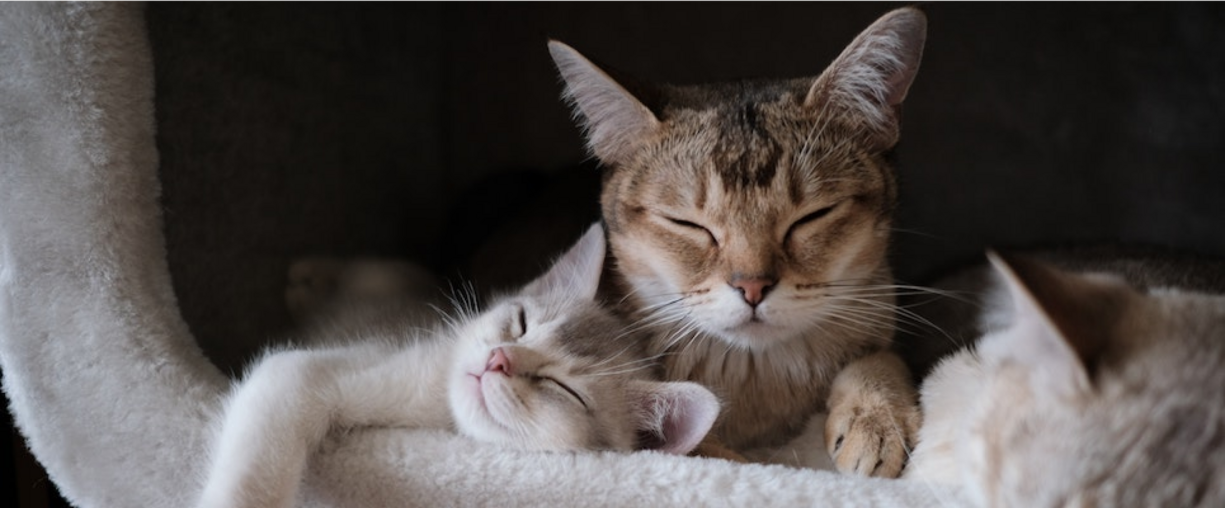
Choose a secure room in your new house for your cat to settle in, complete with their bed, litter tray, scratching post, toys, food and water. Like with their carrier, encourage your cat to feel this is a safe space.
As they become noticeably more comfortable and confident (this may only take a few days for some cats, whilst others may need a week or more), you can allow them to explore the rest of their new home, one room at a time. Make sure this occurs during a quiet time with minimal activity to reduce stress levels, and leave access to their original room open, so they have a space they can retreat to if needed.
If you intend to allow your cat outdoors, keep them inside for at least 2-3 weeks after your move (once again, some cats may need longer), until they are comfortable and confident in their new home. Start off with short amounts of supervised time outdoors until you are sure it is safe and they won't get up to any mischief.
Update Microchip Details

Lastly, always keep your pet's microchip and identification tags up-to-date, should they go astray!
Further Reading
Want to know more? Check out our Discover Page for more tips from our expert vets on keeping your pets happy and healthy.